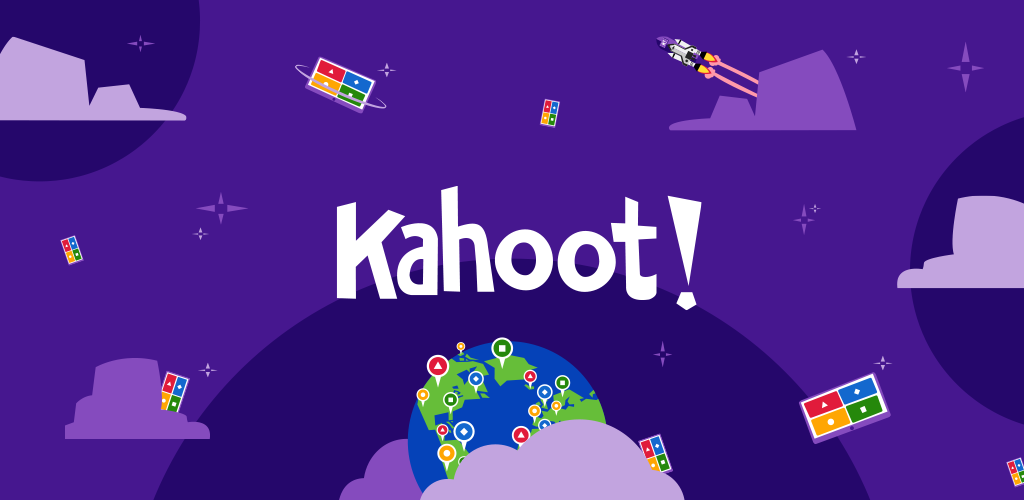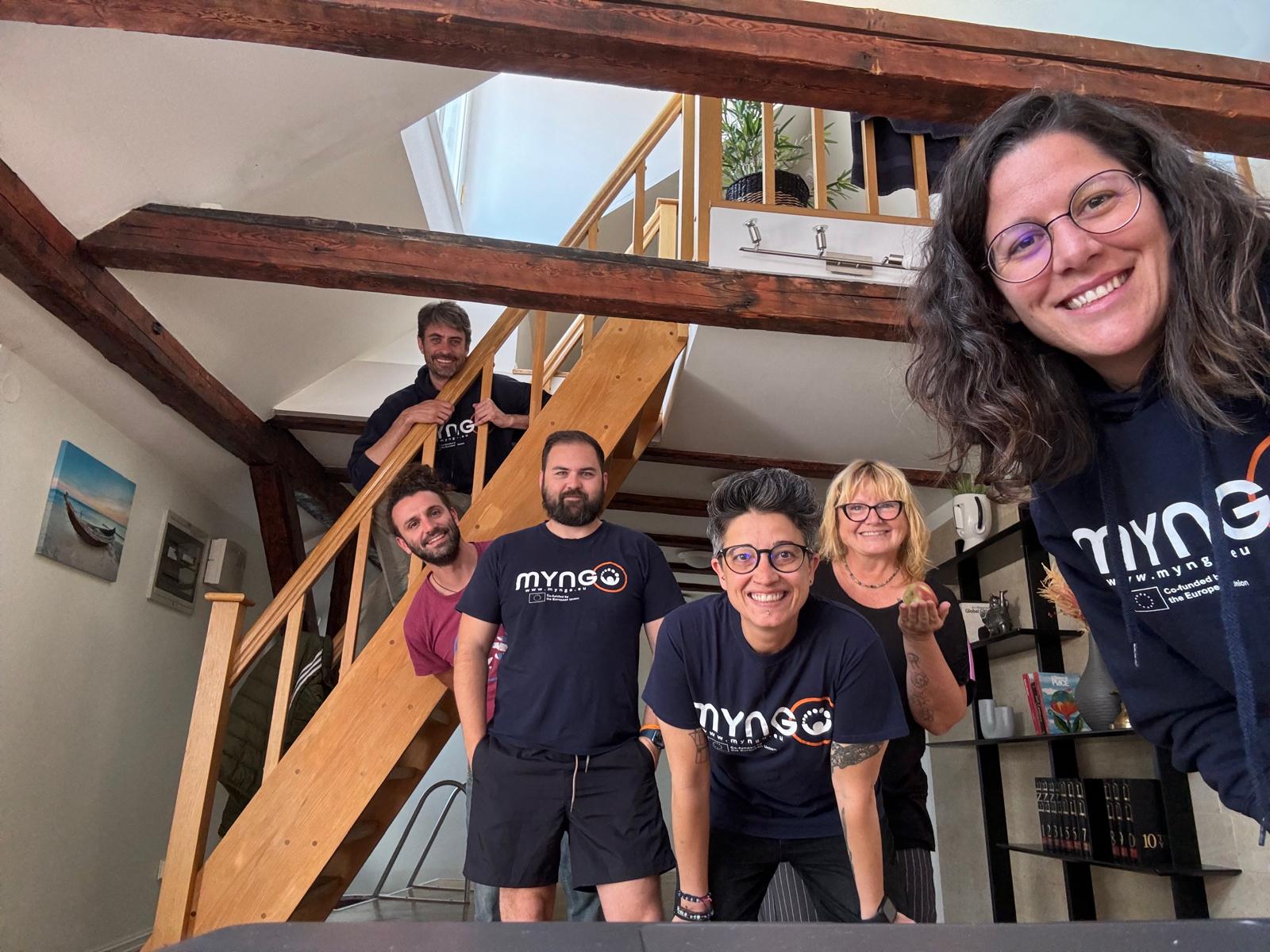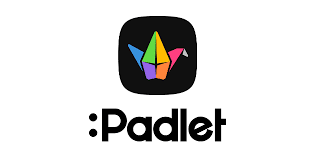The power of interactive quizzes: introducing Kahoot
Introduction
In the realm of interactive and engaging learning tools, Kahoot stands out as a dynamic platform that turns education into a game. This guide will walk you through what Kahoot is, how to make the most of its features, and the pros and cons associated with incorporating it into your learning environment.
What is Kahoot?
Definition
Kahoot is an online game-based learning platform that transforms traditional education into a fun and interactive experience. It allows educators to create quizzes, surveys, and discussions that students can participate in using their devices.

Key Features
- Game-Based Learning:
- Kahoot turns learning into a game, making it an engaging and entertaining experience for students.
- Quiz Creation:
- Educators can create quizzes with multiple-choice questions, polls, and surveys to assess student understanding.
- Live and Asynchronous Modes:
- Kahoot can be played live, with everyone participating simultaneously, or assigned as homework for asynchronous learning.
- Leaderboards and Points:
- Participants earn points based on correct answers and speed, fostering friendly competition.
- Diverse Question Formats:
- Supports various question types, including multiple choice, true/false, and open-ended questions.
How to Use Kahoot
Creating a Kahoot
- Sign Up:
- Create a Kahoot account on the official website.
- Create a Quiz:
- Click on “Create” and choose the type of Kahoot you want to make (quiz, survey, discussion).
- Add Questions:
- Populate your Kahoot with questions, each having multiple-choice answers.
- Customize Settings:
- Set time limits, point values, and choose whether to display questions and answers on participants’ screens.
Hosting a Kahoot Session
- Launch the Game:
- Click “Play” to launch your Kahoot.
- Share Game PIN:
- Participants join the game using a unique PIN displayed on the host’s screen.
- Game Play:
- Questions are displayed on the main screen, and participants select answers on their devices.
- Review and Discuss:
- After the game, review the results, discuss answers, and celebrate achievements.
Assigning Kahoot as Homework
- Share Kahoot Link:
- Share the Kahoot link or PIN for students to access and complete the quiz on their own time.
- Review Results:
- Check individual and class results to assess understanding and identify areas for further discussion.
Pros and Cons of Kahoot
Pros
- Engagement and Motivation:
- Kahoot’s game-based format boosts student engagement and motivation.
- Immediate Feedback:
- Instant feedback on quiz answers helps students understand concepts in real-time.
- Adaptability:
- Suitable for various subjects and age groups, making it a versatile learning tool.
- Community Building:
- Fosters a sense of community and friendly competition among students.
Cons
- Time Constraints:
- The time-bound nature of Kahoot may not suit all learning styles, and some students may feel rushed.
- Overemphasis on Speed:
- The focus on quick responses may prioritize speed over deep understanding.
- Technical Requirements:
- Relies on technology, which can be a limitation in areas with limited internet access or devices.
- Limited Question Types:
- While diverse, the question types in Kahoot may not cover all learning objectives.
Conclusion
Kahoot injects an element of fun into learning, making it an invaluable tool for educators seeking to create an interactive and engaging classroom environment. By understanding how to create and deploy Kahoot games effectively, educators can harness its potential to not only assess learning but also to foster a positive and collaborative atmosphere within their classrooms. As with any tool, acknowledging both the strengths and limitations of Kahoot is essential for making informed decisions about its integration into the educational experience.






